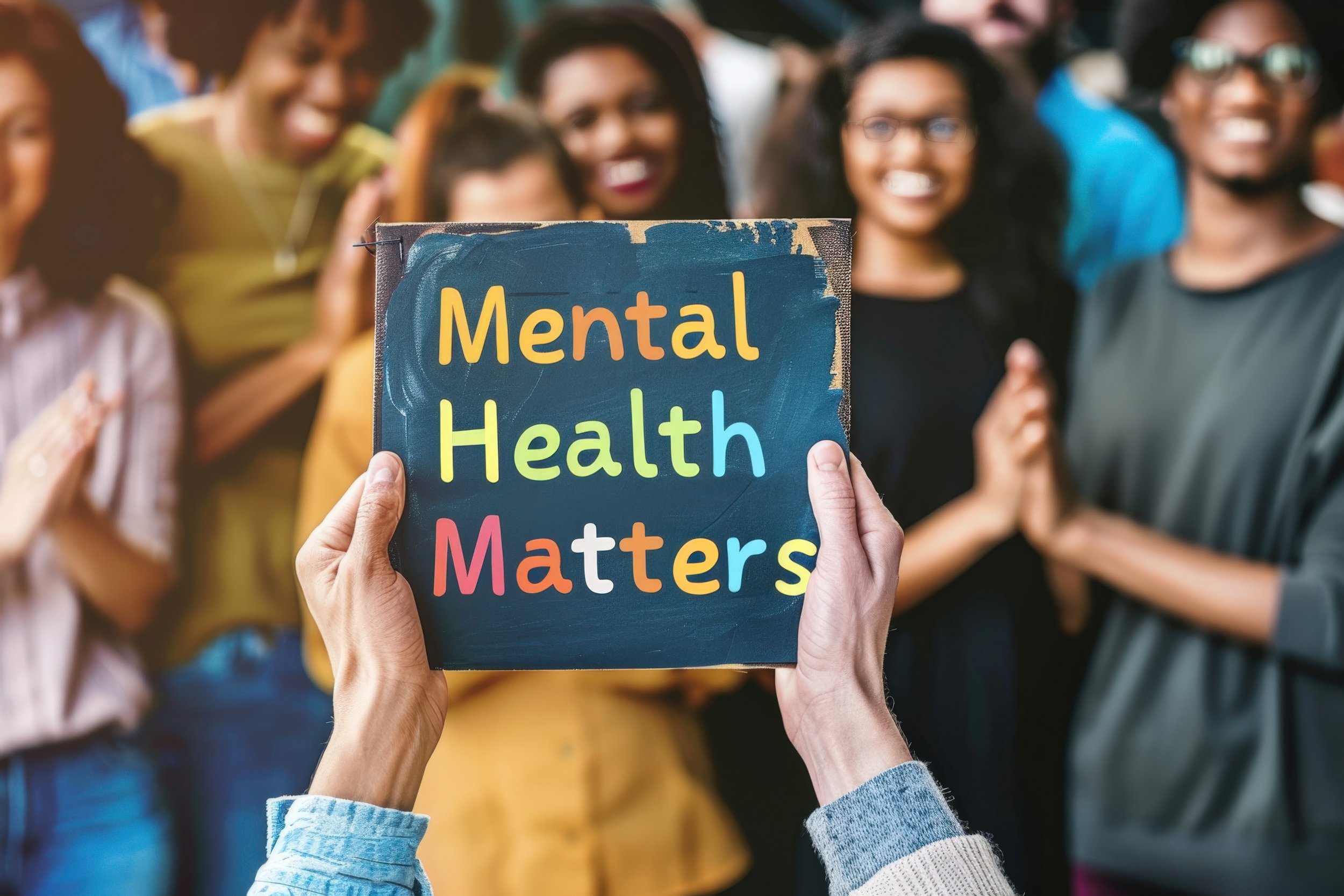Australia’s Mental Health System: Awareness Isn’t Enough Without Access
Public awareness around mental health has grown significantly, with campaigns and slogans like “reach out for help” becoming commonplace. Events such as R U OK Day are now regular fixtures in schools and universities across Australia. But what happens when someone takes the advice to reach out—only to find themselves waiting months for support? It can be challenging to get into someone to see and build a relationship, and for many, by the time that has happened, there are no Medicare MHCP subsidised sessions left.
Australia’s mental health system is failing the people. The surge in anxiety, depression, and isolation brought on by the pandemic exposed just how broken the system is. While awareness campaigns like R U OK Day have value, they can also act as smokescreens, distracting from the deep structural issues that make quality mental health care inaccessible for many, particularly for people with complex mental illnesses. Experiencing anxiety and depression is fairly accepted, but beyond this, there is a lot of obscurity and stigmatisation about what living with these illnesses actually means and the nature of support that is really needed. People with complex mental illness face increasing inequity in our public health system, facing a life expectancy of 18 years less than the general population.
Each year, one in five Australians will face a mental health condition.
Yet, for many, accessing a psychiatrist, psychologist or other mental health professional remains out of reach due to severe and ongoing workforce shortages. Too many people are left without the support they need. Those working in mental health—despite their deep commitment—are being pushed to the brink by overwhelming demand and increasing pressure. At its core, the mental health system is about people: those seeking care and those working tirelessly to provide it.
Even when someone manages to find a professional with a manageable wait time, cost becomes another significant barrier. Many people access care through a Mental Health Treatment Plan—provided by a GP after a diagnosis—which allows for up to 10 subsidised therapy sessions annually. While that might be enough for someone dealing with short-term stress or mild anxiety, it falls short for those managing complex trauma or chronic mental illness. Accessing more sessions requires the financial means to pay out of pocket.
“Australians are telling us it’s too hard to get mental health care. They need more help, and they need it closer to home... Mental illness costs lives. It costs livelihoods." - Dr Elizabeth Moore (RANZCP President)
Even the most effective, evidence-based mental health prevention campaigns will take years to make a meaningful impact. In the meantime, we must ensure we can adequately support the one in five Australians who will experience mental ill health in the coming year.
It’s unacceptable that the system people rely on for help is often too expensive, overwhelmed, or unable to deliver the care they need. When people can’t access support, that’s not just unfortunate—it’s a failure of the system.
So, what needs to change?
The challenges are significant, and the solutions won’t be cheap—but the direction is clear. Australia’s mental health system must be strengthened through better service integration, a larger and more supported workforce, and increased sustained funding.
"True progress in mental health care comes when we invest in the people who provide it, and the people who need it. Almost 9 million Australians have experienced a mental health issue at some point in their lives. A system built around them – that is resourced, staffed and equitable - is one that will endure." - Dr Sarah Quinn (APS President)

